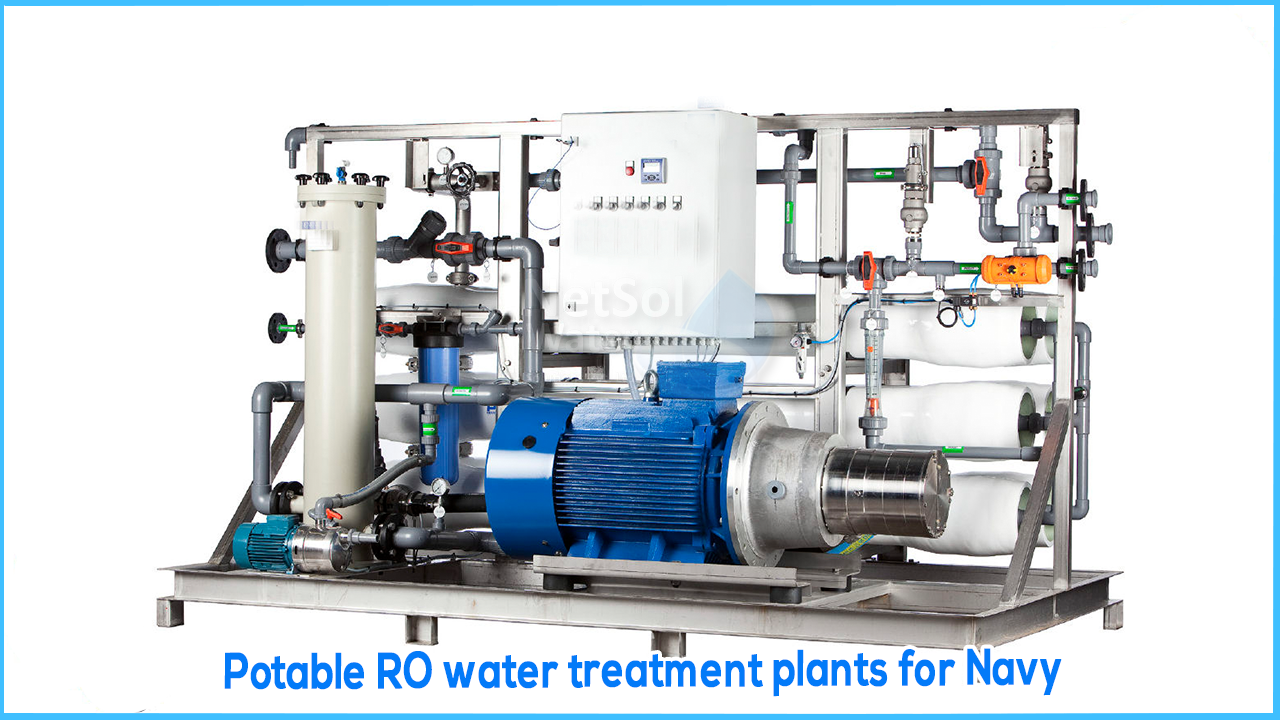WHAT IS THE MOST IMPORTANT ASSET REQUIRED FOR WINNING ANY CONFLICT?
It is neither a weapon system nor a bomb. That asset is undeniably potable water. The human body is approximately 60% water, and it requires water to survive in order for cells, tissues, and organs to function. Water is also required to combat chemical, biological, radiological, and nuclear threats.
Given that the ocean covers 70% of the Earth's surface, you'd think we'd have more than enough water. However, only about 2.5 percent of all water on Earth is fresh water, with the remaining 97.5 % being undrinkable salt water. Essentially, human beings' most valuable asset is scarce, and we should pursue technology that takes advantage of the Earth's abundant salt water.
TRANSPORTING BOTTLED WATER
 Every day, the Department of Defense spends more than $500,000 transporting and supplying bottled water to 20,000 troops in US. In actuality, simply transporting bottled water poses a significant risk, enemy combatants frequently target supply convoys.
Every day, the Department of Defense spends more than $500,000 transporting and supplying bottled water to 20,000 troops in US. In actuality, simply transporting bottled water poses a significant risk, enemy combatants frequently target supply convoys.
Although it appears that the Army's primary method of providing potable water to troops is transporting bottled water, the Army does have water purification systems. The Army employs semi-mobile water purification systems capable of being transported by navy vehicle. However, its largest system, the reverse osmosis water purification unit, can be powered by diesel generators and consume enormous amounts of energy and resources.
WATER PURIFICATION PROCESS
Desalination via reverse osmosis is the most common method for purifying water. Water flows across a membrane from areas of low sodium to areas of higher sodium in normal osmosis. Reverse osmosis occurs when salt water is pressurized and forced to move in a direction it does not normally go. It is pushed through special membranes to separate the water from the sodium. This method works, but it is inefficient, energy-intensive, and costly.
Filters can be used in the navy’s water purification systems. Graphene would be useful as a filter and would improve efficiency, particularly in potable navy systems. Graphene filters are, at their core, nanoparticle filters. The navy's water purification systems could be both mobile and efficient if graphene filters were used. Graphene filters could be incorporated into existing systems, eliminating the need for a completely new system.
3-D PRINTED FILTERS
If the navy decides to use graphene filters in its water purification systems, the filters should be manufactured using 3-D printing technology (also known as additive manufacturing). Grapheme was used to print 3-D objects by researchers at the Massachusetts Institute of Technology. They discovered that graphene has ten times the strength of steel while being ten times lighter, grapheme is only one atom thick. They also discovered that 3-D printers can print water purification devices using graphene.
Although additive manufacturing has been around for a while, we have not fully embraced it.With the 3-D printing technology becoming more affordable, it is time to fully embrace this technology since it provides both immediate and long-term benefits. 3-D printing, in particular, reduces the need for large inventories of material, significantly reduces shipping costs, can create stronger and more complex items, and can deliver items to customers much faster than traditional processes can. In essence, 3-D printing creates the conditions for navy success by ensuring freedom of movement, extending operational reach, and extending the endurance of navy operations.
The navy could print technologically advanced water purification system filters using 3-D printers and graphene to take advantage of Earth's abundant salt water. This would save the navy money as well as possibly some lives. This technology could dramatically also reduce the need for convoys to transport bottled water to troops, reducing convoy attacks and protecting logisticians. Most importantly, this technology provides the navy with immediate access to clean, fresh water which is the most important resource on the planet.



